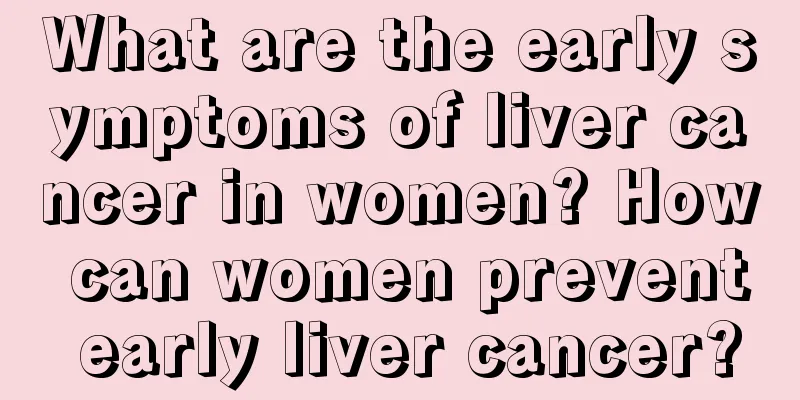What is the relationship between glycosylated hemoglobin and blood sugar

|
Many people do not understand the relationship between glycated hemoglobin and blood sugar. In fact, glycated hemoglobin is actually a method to help diagnose and monitor diabetes. If the conversation hemoglobin is high, it means that you may be affected by diabetes. 1. Glycated hemoglobin is the new standard for diabetes diagnosis and the "gold standard" for treatment monitoring Glycated hemoglobin (English code name HbA1c) is the product of the combination of hemoglobin in red blood cells in human blood and blood glucose. This is an irreversible reaction and is proportional to the blood glucose concentration, which lasts for about 120 days. In patients being treated for diabetes, it is not affected by occasional increases or decreases in blood sugar and can usually reflect the average level of blood sugar control in the patient over the past 8-12 weeks. Therefore, it has become a new standard for diabetes diagnosis and the "gold standard" for treatment monitoring. Authoritative organizations around the world have clear control indicators for glycated hemoglobin. ADA (American Diabetes Association) recommends that glycated hemoglobin be controlled at less than 7%, and IDF (International Diabetes Federation) recommends that the glycated hemoglobin control standard be ≤6.5%. my country has set the control standard for glycated hemoglobin in diabetic patients at below 6.5%. 2. Fasting blood sugar is a diagnostic standard for diabetes, not a treatment monitoring standard Blood sugar is a monosaccharide in the blood that is broken down from the carbohydrates or protein, fat and other components of food, usually referring to only glucose. The results of fasting blood sugar and postprandial blood sugar tests reflect the immediate blood sugar level, which is easily affected by related factors such as the human body's biological clock at the energy metabolism node and the sugar metabolism rate of different foods, as well as exercise factors, mental factors, and drug factors. Therefore, fasting blood sugar and blood sugar 2 hours after meal are only the standards for diagnosing diabetes, and the standard for measuring the level of diabetes control is glycated hemoglobin. Because glycated hemoglobin can stably and reliably reflect the average blood sugar level within 8-12 weeks before the test, it is not greatly affected by factors such as the time of blood drawing, whether the patient is fasting, and whether insulin is used. Therefore, the International Diabetes Federation launched a new version of the Asia-Pacific Diabetes Prevention and Control Guidelines, which clearly stipulates that glycated hemoglobin is the internationally recognized "gold standard" for diabetes monitoring. If fasting blood sugar or postprandial blood sugar is not well controlled, glycosylated hemoglobin cannot meet the standard. Anyone whose glycosylated hemoglobin level is within the standard does not need to panic if fasting blood sugar suddenly increases once or twice. 3. Relationship between Glycated Hemoglobin and Blood Glucose Glycated hemoglobin reflects the blood sugar control as follows: Glycated hemoglobin 4% to 6%: blood sugar is under normal control. Glycated hemoglobin 6% to 7%: blood sugar control is ideal. Glycated hemoglobin 7% to 8%: blood sugar control is general. Glycated hemoglobin 8% to 9%: Control is not ideal, blood sugar control needs to be strengthened, more attention should be paid to diet structure and exercise, and the treatment plan should be adjusted under the guidance of a doctor. Glycated hemoglobin > 9%: Blood sugar control is very poor, which is a risk factor for the development of chronic complications. It may cause complications such as diabetic nephropathy, arteriosclerosis, cataracts, and may also lead to acute complications such as ketoacidosis. |
<<: What to do with lumbar instability and what are the treatments
>>: What are the symptoms of poor blood circulation in the lower limbs
Recommend
How to prevent and control termites
The topic of how to prevent and control termites ...
What should I do if I have an extramarital affair
Extramarital affairs are a common phenomenon in l...
What tests should be done if an ovarian tumor appears
Ovarian malignant tumor disease is a disease that...
What diseases can be detected by blood tests
Blood tests are very common symptoms in daily lif...
What are the benefits of drinking dried apricots soaked in water
I wonder if you have ever heard of drinking dried...
What causes multiple bowel movements every day?
Under normal circumstances, the number of bowel m...
Can I eat seafood if I have diarrhea?
When you have diarrhea, you must observe dietary ...
What is diffuse fatty liver disease
Diffuse fatty liver is a common liver disease. It...
Rectal cancer resection surgery
Rectal cancer resection surgery Rectal cancer is ...
White toenails
If you observe carefully when washing your feet, ...
Symptoms of advanced indolent lymphoma
Symptoms of advanced indolent lymphoma: The so-ca...
If papules appear on the skin, you should be alert to the occurrence of skin cancer
Master Li has been engaged in asphalt pavement co...
I can't hear anything after swimming because water got into my ears
In the summer, water getting into the ears is a v...
Can lung tumors be cured? Treatment of lung tumors
Whether lung tumors can be cured requires observa...
Yoga waist stretching exercises
Yoga is a very ancient method of exercise that ca...









